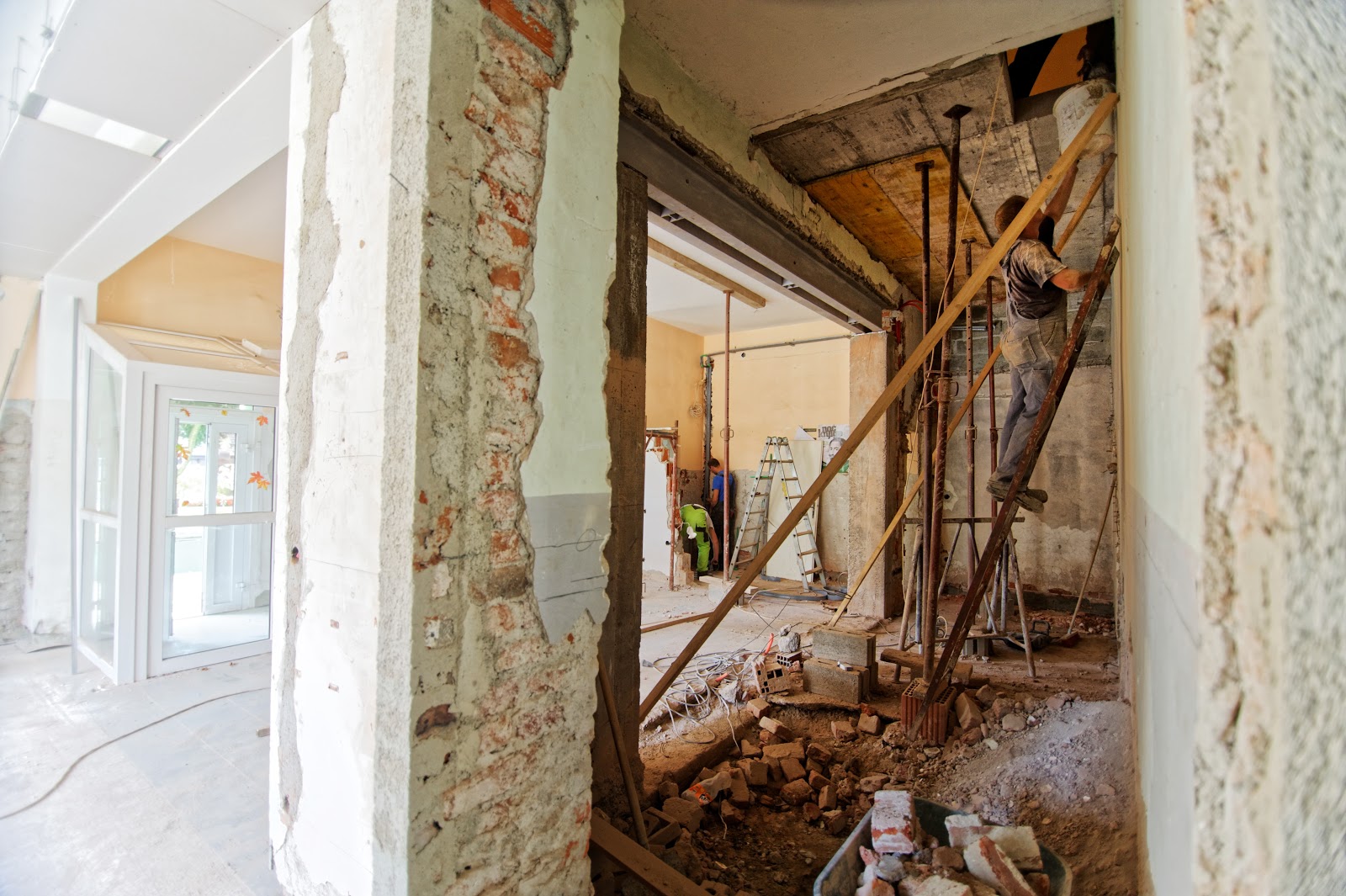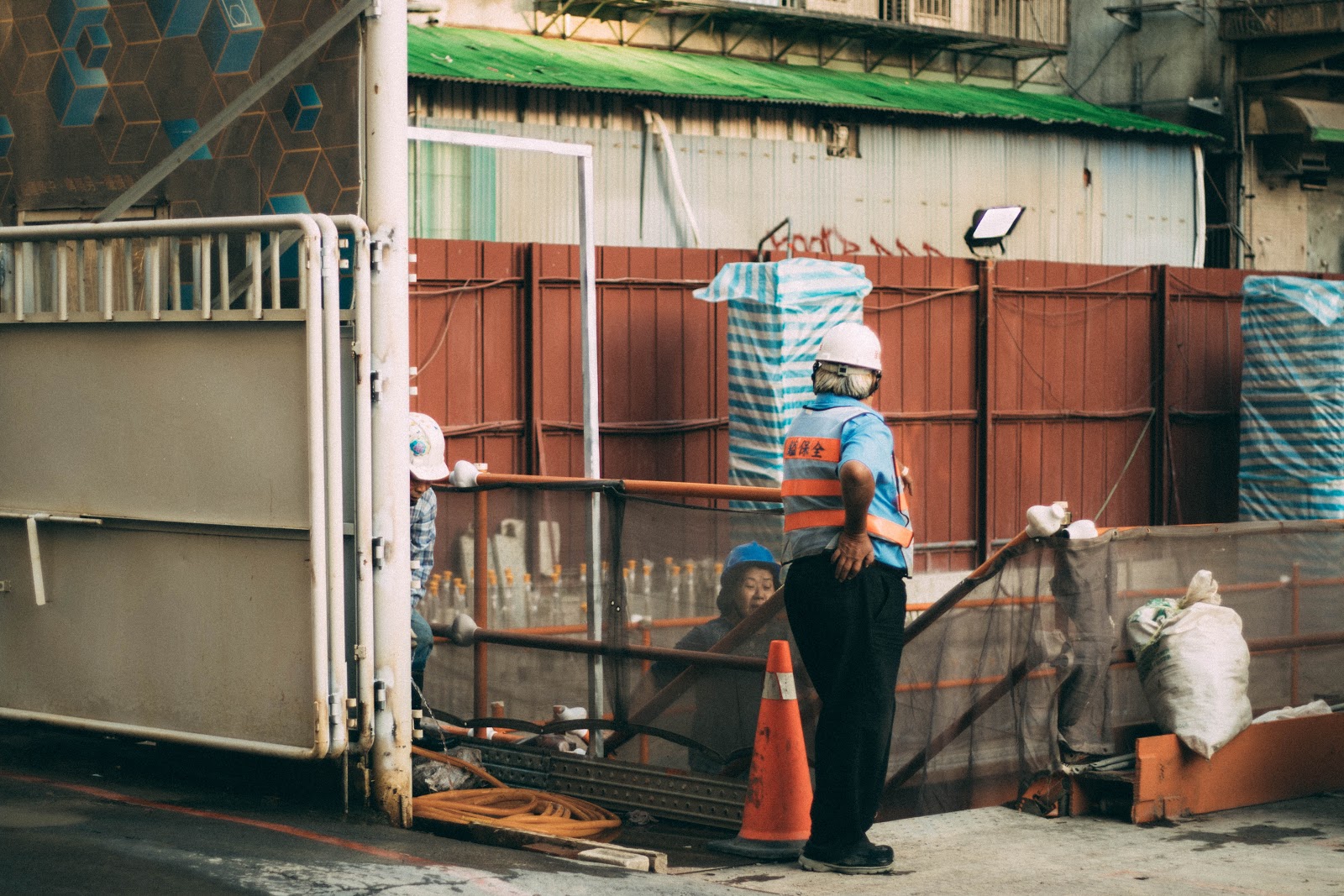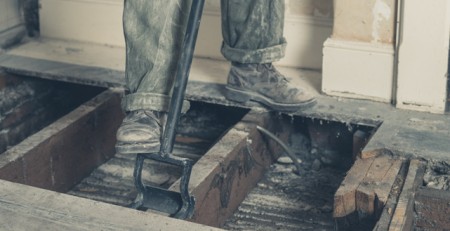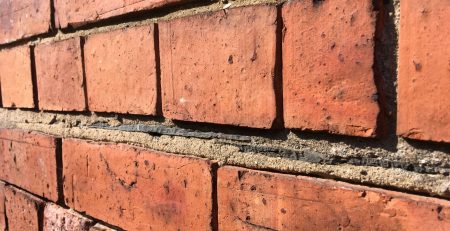How to Split a House into Flats (And Profit)
Start by conducting market research
Many potential landlords regret having skimped on market research, which essential for confirming that there’s an actual demand for the flats you’re planning to supply. To maximise profit, it’s absolutely vital that you ensure that you research the housing market to ensure that flats are needed and wanted in the area.
Top tip: Leading London agent Portico has a useful rental yield map which landlords can use to check the potential yields they could achieve in specific areas, right down to street-level.
With sound market research and some help from estate agents who are familiar with the current housing market, you’ll be able to find out which properties perform best and deliver the highest profits in certain neighbourhoods. This is priceless information as it can prevent you from making a costly mistake.
Related: Where to Invest? – Key Areas for Buy to Let Student Investment
 Place a strong focus on planning
Place a strong focus on planning
Planning is the first phase of splitting a house into flats – and it’s as important as the renovations involved. Whether you already own the property or if you’re thinking about buying a home to divide into flats, consult a solicitor to ensure that no legal barriers exist.
In addition, check with your local council’s planning department and Building Control to ensure that the planned flats meet standards in terms of size, parking, insulation, soundproofing, fire safety, and utilities.
Deleted: Third, take some time to consider the tax implications of converting a house into flats, particularly if you plan to sell them at a profit rather than rent them. Capital gains tax, trading profit, the original cost of the property, conversion costs, and costs associated with disposal, are factors that will be taken into account. If you plan to live in one of the flats and sell or rent the other(s), private residence exemption is another to keep in mind.
If the house in question will be mortgaged or is currently mortgaged, speak to your lender about your plans. Some offer development and refurbishment loans, while others are reluctant to allow mortgage holders to subdivide houses into flats.
 Know what’s needed in each flat
Know what’s needed in each flat
After confirming that there’s a solid market for flats in the neighbourhood you’re considering and double-checking regulations, ensure that the house in question is a good candidate for converting to flats. Your estate agent will be very helpful with this aspect of purchasing and planning; in general though, the following points should be considered:
Overall flat design: What kind of floor plan will work well in the space? Do local renters typically choose flats with single bedrooms, or is the neighbourhood more popular with growing families who look for flats with multiple bedrooms?
Accessibility: Each flat will need its own private entryway, along with garden access if applicable. Parking spaces, bicycle storage, and other factors come into play here, too.
Check costs associated with providing kitchens and bathrooms: Each flat needs its own kitchen and at least one bathroom. You’ll probably have to install a kitchen and you may need to update the existing one to appeal to renters or buyers. If you’re lucky, the house you plan to renovate will have multiple baths, which could mean significant cost savings on your conversion.
Ensure that each flat has its own boiler: Residents can’t share a single boiler, so each flat will need its own. If the existing boiler is in good condition, it may be perfectly acceptable, meaning that you need to purchase one boiler fewer than the actual number of flats.
Heating systems: Each flat will need to have its own heating system. Your estate agent will be able to provide valuable insight into whether the existing heating system can be updated, or if the entire thing will need to be retrofitted to meet requirements.
Plan to provide separate services for each flat: Your new flats will need private electricity, gas, and water supplies. Service providers are busier than ever and can take quite some time to schedule installation. Contact them before your project begins to ensure that your conversion isn’t delayed.
 Work with your estate agent
Work with your estate agent
Large, run-down houses are often ideal for transforming to flats, with the typical cost of conversion landing somewhere between £70k-£100k. Some houses aren’t good candidates; in fact, there are times when the house value on its own is more than the value of flats combined, or about the same despite your efforts to ensure profitability.
Your agent can help you determine which properties are worth considering, and which aren’t worthwhile. By taking a careful, well-informed approach to the entire process of splitting a house into flats, you’ll enjoy many advantages, with higher profits from rentals or sales being chief among them.







